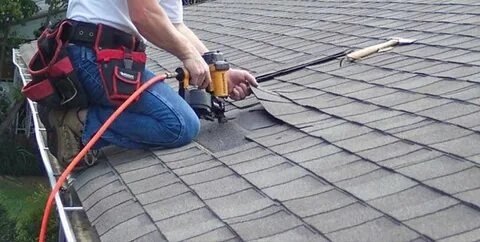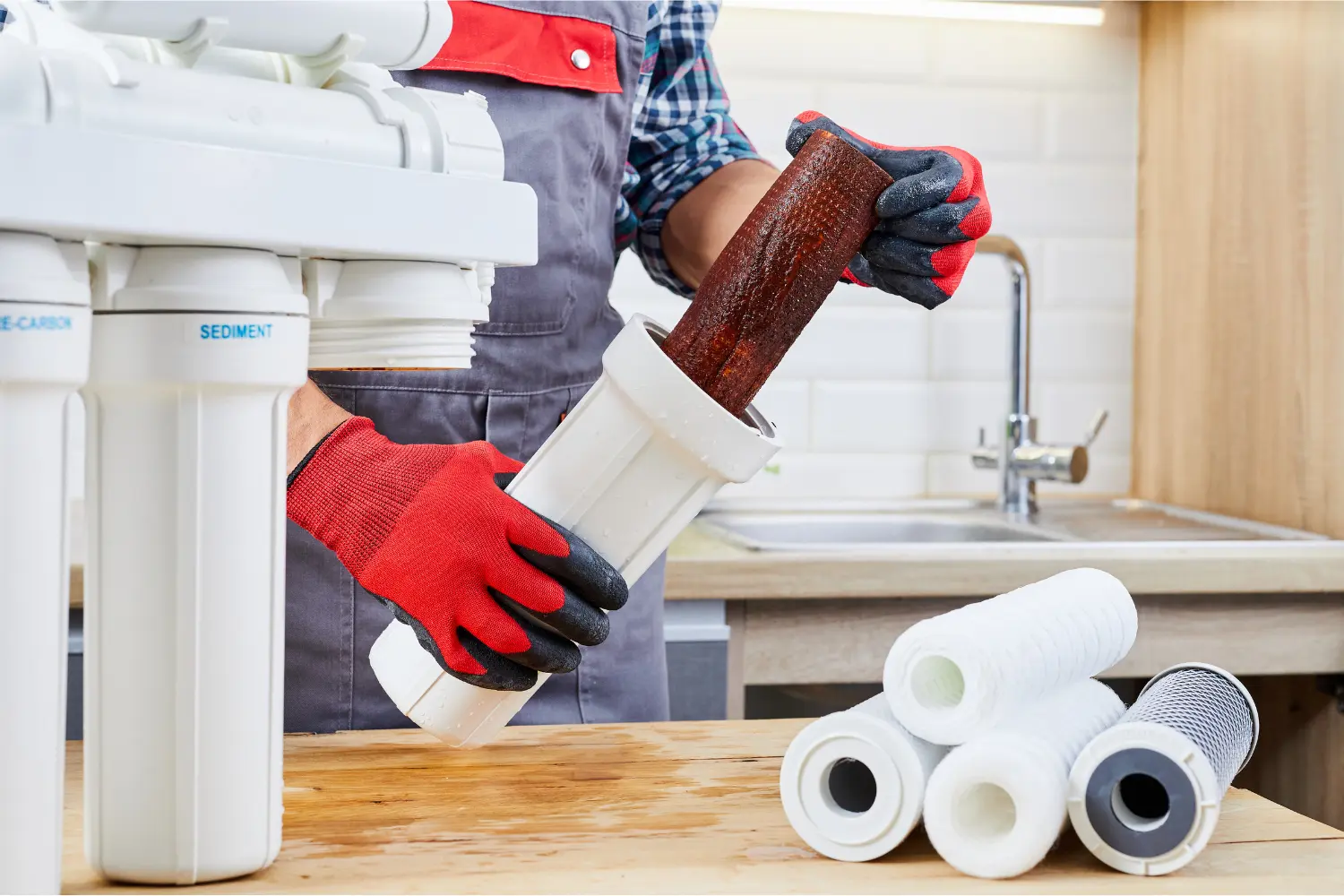Carpeting adds warmth, style, and comfort to a home. But no matter how careful you are, everyday wear and tear—or worse, accidents from pets, kids, furniture, or high heels—can lead to unsightly tears, rips, and holes in your carpet. When that happens, you’re left with two choices: live with it or fix it.
In this complete guide, we’ll walk you through what’s involved in repairing carpet damage, when to go DIY, when to call in a professional like Denver Metro Cleaning, and how to keep your floors looking fresh for the long run.
Why Carpet Damage Happens
Before diving into repair techniques, it’s worth understanding the most common reasons carpets get damaged:
- Pets digging or clawing at corners
- Heavy furniture causing friction or tearing during movement
- Burns from candles, curling irons, or cigarettes
- An aging carpet with weakened fibres or seams
- Accidents involving sharp objects or tools
- Water damage, which weakens adhesives or backing
Once a tear or hole appears, it can grow larger quickly if not addressed. That’s why fast action is key.
Assessing the Damage: How Bad Is It?
The first step in any carpet repair job is assessment. Here’s what professionals like Denver Metro Cleaning consider when evaluating damage:
✅ Size
- Small tears or holes (under 1 inch) are usually easy to fix with simple patching or adhesive methods.
- Medium-sized damage (1–4 inches) might require carpet patching or fibre blending.
- Large damage (4+ inches) or multiple holes often need professional help, or even carpet replacement.
✅ Location
- High-traffic areas (like hallways and living rooms) require more durable repairs.
- Damage near seams or transitions can be trickier and may unravel further without proper sealing.
- Damage near walls or edges might be easier to fix because the carpet can be stretched or re-tucked.
✅ Type of Carpet
Not all carpets are created equal. Looped Berber, cut-pile, frieze, and plush carpets require different techniques. Matching the pile, colour, and texture is essential to make repairs invisible.
Common Carpet Repairs: What’s Involved?
Depending on the severity and type of damage, there are several repair options available:
1. Carpet Patching
Best for: Moderate to large holes, burns, or tears
Carpet patching involves cutting out the damaged section and replacing it with a matching piece.
Steps:
- Measure and cut the damaged area.
- Use a donor piece from leftover carpet or an inconspicuous area (like inside a closet).
- Align the carpet nap (fiber direction) for a seamless look.
- Attach the patch using heat-activated tape or strong carpet adhesive.
- Blend fibers using a carpet brush or roller.
Pro Tip: Always test patch material before cutting. Even small dye differences can stand out.
2. Seam Repair or Re-stretching
Best for: Tears along seams or ripples caused by loosening
Seam tears often occur where two carpet pieces meet, such as across doorways.
Steps:
- Lift the carpet edges carefully without damaging backing.
- Apply seam adhesive or seam tape underneath.
- Press together firmly and let it dry.
- If carpet is loose, re-stretch using a power stretcher and tack strips.
Professionals from Denver Metro Cleaning use advanced tools like a knee kicker, power stretcher, and seam iron for precise results.
3. Fiber Re-tufting or Reweaving
Best for: Small punctures, cigarette burns, or pulled threads
If only a few fibers are damaged, there’s no need to replace the whole section. Fiber re-tufting involves implanting new tufts or threads into the damaged area.
Steps:
- Trim the damaged fibers.
- Apply adhesive to a few strands from a carpet remnant.
- Insert into the damaged area.
- Blend and trim to match the surrounding pile.
This technique works especially well with plush or textured carpets where matching fibers are easy to disguise.
4. Glue-Down Repairs
Best for: Very small holes, loose edges, or frayed seams
Quick adhesive-based repairs can stop damage from spreading and smooth out uneven spots.
Steps:
- Clean the area and remove debris or loose threads.
- Apply carpet glue or seam sealer.
- Press the carpet down and allow it to dry under weight.
While this fix is not meant for major damage, it can extend your carpet’s life and buy you time before a bigger repair is needed.
DIY or Hire a Pro? What to Consider
Let’s be honest—while some carpet repairs seem simple, getting a seamless, invisible result isn’t easy. Here’s when you can try to fix it yourself and when you should call in a pro like Denver Metro Cleaning.
✅ DIY Is Okay When:
- Damage is minor (like a single hole under 1”)
- You have matching carpet scraps available
- You’re comfortable using basic tools (utility knife, adhesive, measuring tape)
- The area is not in a highly visible location
❌ Hire a Pro When:
- The damage is large, spread out, or near a seam
- You don’t have extra carpet
- You want an invisible repair in a main area
- The carpet is valuable or high-end (Berber, wool, patterned styles)
Professionals like Denver Metro Cleaning have access to tools and techniques most homeowners don’t, including seam irons, power stretchers, and color blending tools.
What Does Professional Carpet Repair Cost?
On average, here’s what you might expect to pay in the Denver Metro area:
| Type of Repair | Estimated Cost |
|---|---|
| Small hole/tear repair | $50–$100 |
| Carpet patching | $100–$250 |
| Seam repair or re-stretching | $100–$300 |
| Full room re-stretching | $200–$500+ |
Pricing depends on the size of the repair, type of carpet, and accessibility of the area.
Benefits of Professional Carpet Repair
Hiring experts like Denver Metro Cleaning can save you more than just time:
- ✔️ Invisible repairs that blend perfectly
- ✔️ Extends the life of your carpet by years
- ✔️ Improves home value and appearance
- ✔️ Prevents further damage
- ✔️ Saves money by avoiding full replacement
A good repair not only looks great but also restores the integrity of your carpet, reducing safety risks like tripping or fraying.
How to Prevent Carpet Damage in the Future
While repairs can fix existing issues, prevention keeps your carpets looking new. Here’s how:
- Trim pet nails regularly and provide scratch mats.
- Use furniture pads or sliders when rearranging rooms.
- Avoid dragging heavy objects across the floor.
- Keep hot tools away from carpeted areas.
- Clean spills quickly to avoid weakening adhesives.
- Vacuum regularly to prevent embedded dirt from wearing down fibers.
And of course, schedule professional cleanings annually with a trusted provider like Denver Metro Cleaning to maintain both cleanliness and fiber strength.
Final Thoughts: Don’t Let Carpet Damage Linger
Whether it’s a tear from moving furniture or a hole from a curious pup, carpet damage doesn’t mean your flooring is ruined. With the right repair strategy—or help from a skilled professional like Denver Metro Cleaning—you can restore your floors and avoid the high cost of replacement.
Quick action, proper materials, and expert techniques make all the difference. So next time you spot a carpet blemish, don’t panic—repair is always an option.
Also Visit…
FAQs About Carpet Repairs
Q1: Can I use carpet from a closet for patching?
A: Yes! If you don’t have leftover carpet scraps, closet carpet is a great option for patching since it usually matches the original install and is less visible.
Q2: How long does a carpet repair take?
A: Most repairs take between 30 minutes and 2 hours, depending on the complexity. Larger patch jobs or seam repairs may take longer, especially if drying time is needed.
Q3: Will the repaired area be noticeable?
A: If done correctly (especially by a pro), repairs can be nearly invisible. Matching pile direction, color, and texture is key. Professionals have blending tools to help match even slightly aged carpet.












Leave a Reply